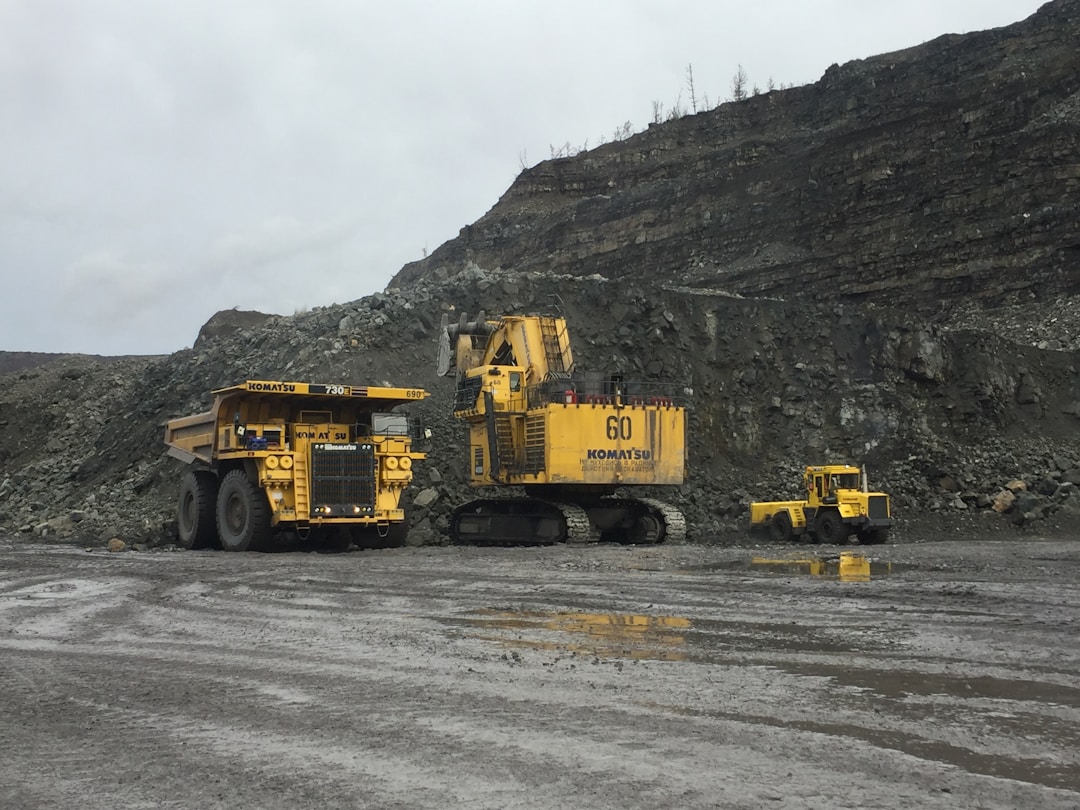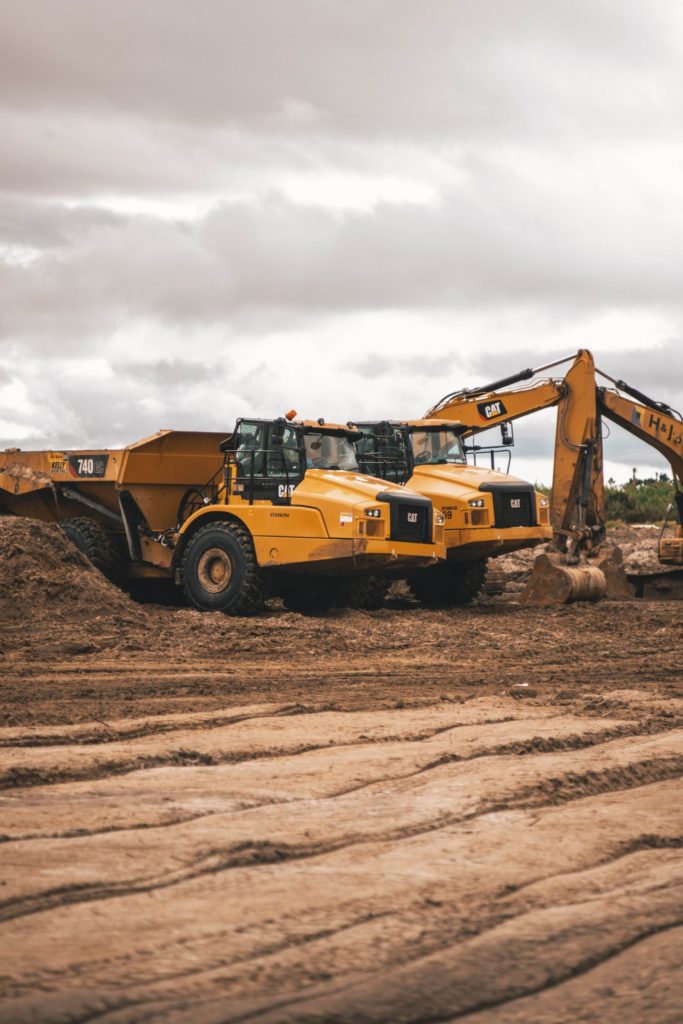Mining is one of the most successful business enterprises in the United States and across the world. This industry handles the removal of ore and minerals which are used in many of the products which people use throughout their everyday lives. The mining industry also employs many people in the United States, totaling approximately 53,174 employees in 2019. To give an idea of how much money mining brings in for different businesses, in 2018 approximately $82.2 billion worth of nonfuel materials were extracted by mines in the United States. These mines were made up of industrial minerals including natural aggregates and metals.
Mining produces many different types of materials. This is often due to the varied natural composition of the Earth at large, so mining businesses often make it a point to specialize in pulling one specific type of material. Some of the minerals or ore which are mined include coal, iron, copper, zinc, potash, limestone, uranium, nickel, bauxite, gold, and tungsten. In order for these items to be mined, businesses require machines that are large and strong enough to do the required work. Once these machines are added to a companies mining tools, it’s best to seek out a way to keep track of them. We will focus on how to track equipment that is needed for large-scale mining operations.
Tools of the Trade

When running a mining business, you want to ensure that you have the best tools for the job at hand. This is the case with any business which you might run. If you’re a plumber, you definitely need a plunger in your arsenal. If you’re a data entry specialist, a keyboard is required. As a miner, when you are completing huge jobs at mineral reserves and mine sites for companies like Alamos Gold, it helps to have those tools for large-scale mine site projects.
As mentioned before, in terms of revenue earned, in 2018 alone approximately $82.2 billion worth of nonfuel materials were produced by mines in the United States. Much of this work was done through the assistance of large-scale mining tools for companies across the world.
For instance, take the example of a business like Alamos Gold Inc. Like many other companies, Alamos Gold does its best to keep its operating mines pulling gold from its varied mining reserves. To do this, they have to utilize the tools of their trade to ensure that their mine sites continue to pull this natural element. Some of the heavy-duty tools that you will find at the operating mines for Alamos Gold include mining drills, Earthmovers, crushing equipment, feeding equipment, conveying equipment, bucket wheel excavators, hydraulic shovels, haul trucks, dozers, and crushers.
These large-scale tools can be used to move a ton of gold, keeping the stakeholders of Alamos Gold inc. happy. Having these tools can lessen the time needed for extracting grams and ounces of gold from many mineral reserves. This is a big reason why you should seek out ways to keep track of such equipment.
Equipment Tracking Technology
Once you purchase the large equipment which will be needed to mine island gold from the various mine sites which Alamos Gold Inc runs, you need a way to keep track of such equipment. Imagine what effect losing a piece of equipment like this can have on your business. You will see a drop in profit gained over the first quarter, second quarter, and even third quarter of your mining company. One way to keep track of this important equipment is by using electronic equipment tracking technology like CHEQROOM. Technology like this can be used to keep track of your equipment or any other inventory, from the easy access of your phone or computer.
To ensure your bucket wheel excavator or conveying equipment doesn’t get lost, this tracking technology can be added to these devices throughout mine sites across the United States. In the unfortunate circumstance that large equipment like this goes missing from operating mines, they can be tracked by scannable asset tags. These tags allow users to find out who last checked out the equipment for use. With technology like this, you can keep better track of large-scale equipment at any mine site or operation mine in the world.





